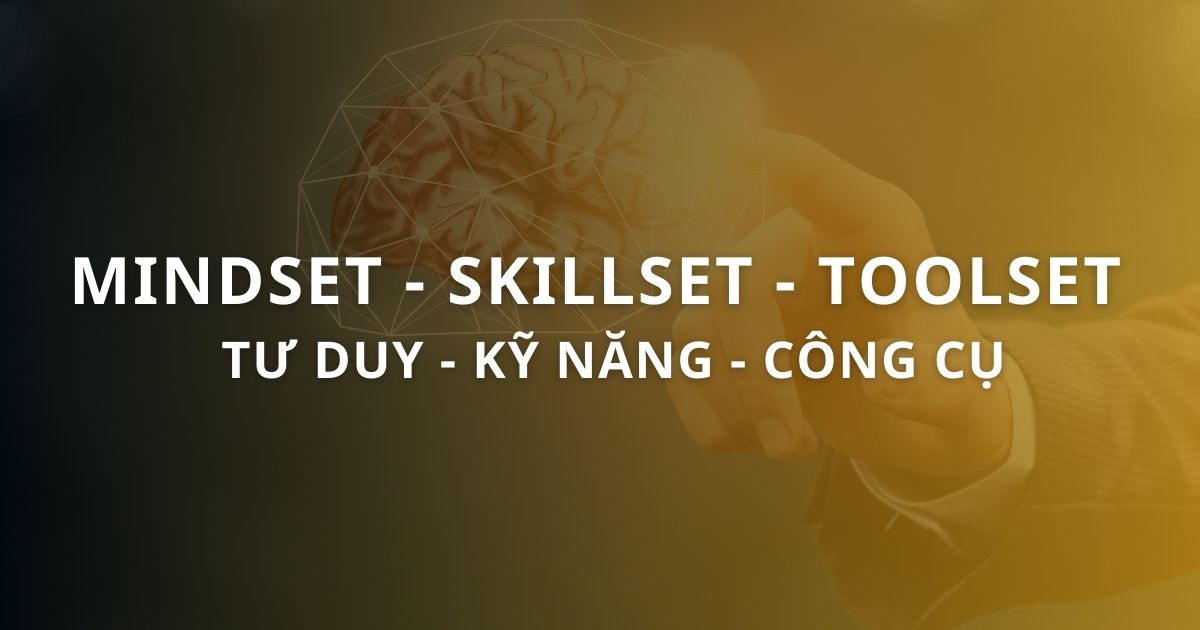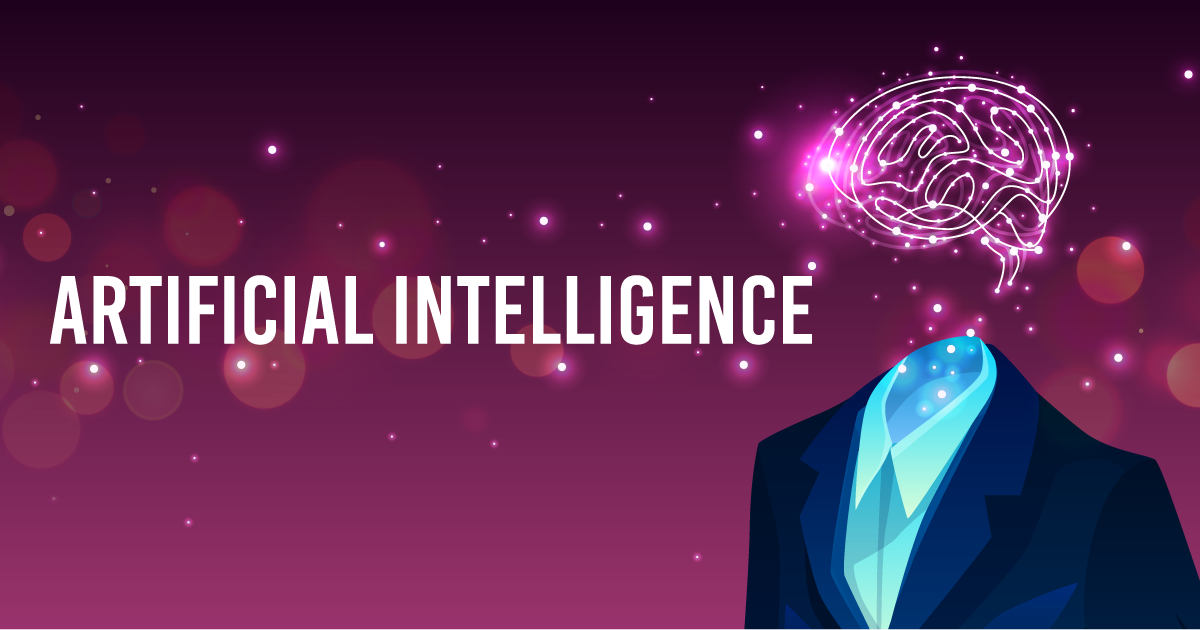Companies are cutting supply chain complexity and accelerating responsiveness using the tools of artificial intelligence. Through AI, machine learning, robotics, and advanced analytics, firms are augmenting knowledge-intensive areas such as supply chain planning, customer order management, and inventory tracking.
What does that mean for the supply chain workforce?
It does not mean human workers will become obsolete. In fact, a new book by Paul Daugherty and H. James Wilson debunks the widespread misconception that AI systems will replace humans in one industry after another. While AI will be deployed to manage certain tasks, including higher-level decision making, the technology’s true power is in augmenting human capabilities — and that holds true in the supply chain.
In this new environment, both machines and humans are essential: By collaborating in roles such as supply chain planning and inventory management, the combined power of humans and machines will create new sources of value for businesses. We’ve explored the nature of the new value-enhancing roles that will emerge and identified three new categories of AI-driven jobs:

Trainers who help AI systems learn how to perform, which includes everything from helping natural language processors and language translators make fewer errors, to teaching AI algorithms how to mimic human behaviors.
Explainers who interpret the results of algorithms to improve transparency and accountability for AI decision making and processes.
Sustainers who ensure intelligent systems stay true to their original goals without crossing ethical lines or reinforcing bias.
AI, combined with advanced analytics, will enable supply chain planners to make more forward-looking, strategic decisions and spend less time on reactive problem solving. These planners will lead the charge in moving away from a traditional supply chain operating model, which is inflexible and slow, to a new dynamic model with true end-to-end segmentation. That means planning multiple supply chains that meet the needs of specific customer micro-segments as well as managing business relationships and exceptions. Concurrently, a new digital engineer role will emerge: a highly analytical, digitally savvy data scientist who manages, models, and tweaks the algorithms, alert protocols, and parameters guiding the automated decision-making planning systems. The importance of strong analytical skills will grow with the demand for human workers with a digital engineer’s skill set.
Leading companies recognize this change is coming and are starting to evolve their supply chain workforces. According to Accenture Strategy research, 90% of executives believe this workforce will become adept at digital technologies such as augmented reality, 3D printing, and automation. And 92% of executives surveyed said supply chain workforces will be upskilled and enabled to interact and work with machines seamlessly.
In other words, supply chain workers are already beginning to adjust to work effectively with a range of intelligent technologies — from cobots to robots to virtual agents — to get tomorrow’s jobs done. For example, these technologies can help reinforce correct procedures on the shop floor, monitoring how employees execute tasks and coaching them to do it the best way. Thyssenkrupp is overcoming skill mismatches through AI. The industrial services giant equips its elevator technicians to consult subject-matter experts through Microsoft HoloLens, an augmented reality headset.

Supply chain leaders need to ready their people for this inevitable shift that is already under way. That means making the commitment to reskill and move people to other areas of the business where they can add value. A major consumer goods company applied machine learning to complement more-traditional techniques for forecasting, which increased accuracy for forecasts and inventory management and made unnecessary the manual reviews and calculations that previously took almost 80% of the time. As a result, the company refocused human workers to provide valuable market intelligence.
Remove the robot from the human. Prioritize and define both immediate and longer-term opportunities for AI, based on specific roles and tasks. AI systems will only continue to evolve and get smarter in their decision-making abilities. Consequently, it’s imperative to redirect and reskill human workers to focus on high-value initiatives such as customer experience and innovation.
Place your innovation bets. Think big but start small by mapping opportunities to integrate AI with existing technology solutions. Until now, robots, big data, analytics, and other technologies have been used in parallel with people, but in isolation. Their role: improve process efficiencies. Now, with AI systems that can sense, communicate, interpret, and learn, all that changes. AI can help businesses move beyond automation to elevate human capabilities that unlock new value.
The supply chain is and always has been a people business. We’re moving toward a world where humans and machines are collaborating, not just coexisting. The result will be an efficient, sustainable supply chain that delivers better business outcomes
Source: Harvard Business Review







.jpg)
.jpg)
